-
 © Hyundai
© Hyundai -
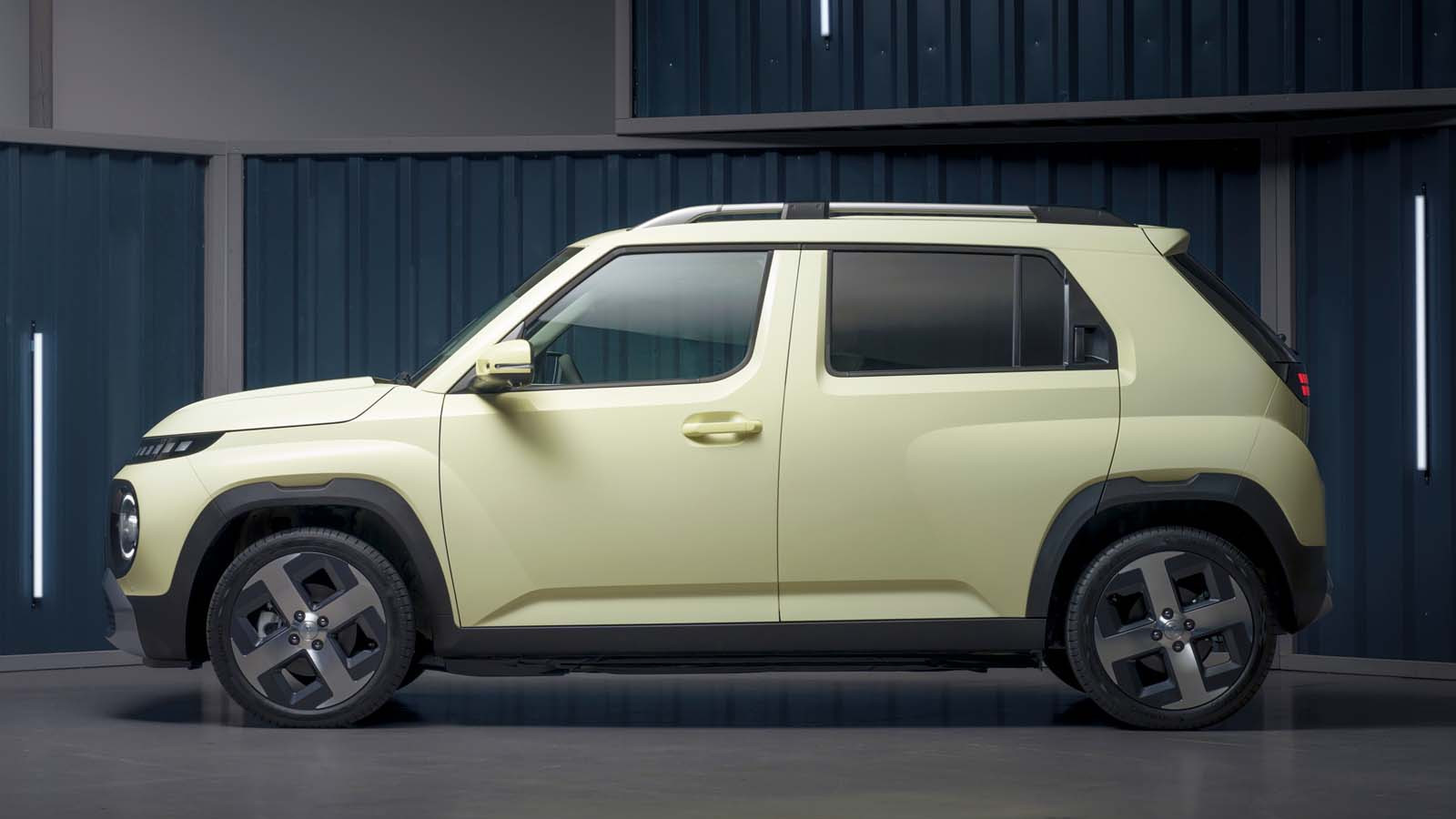 © Hyundai
© Hyundai -
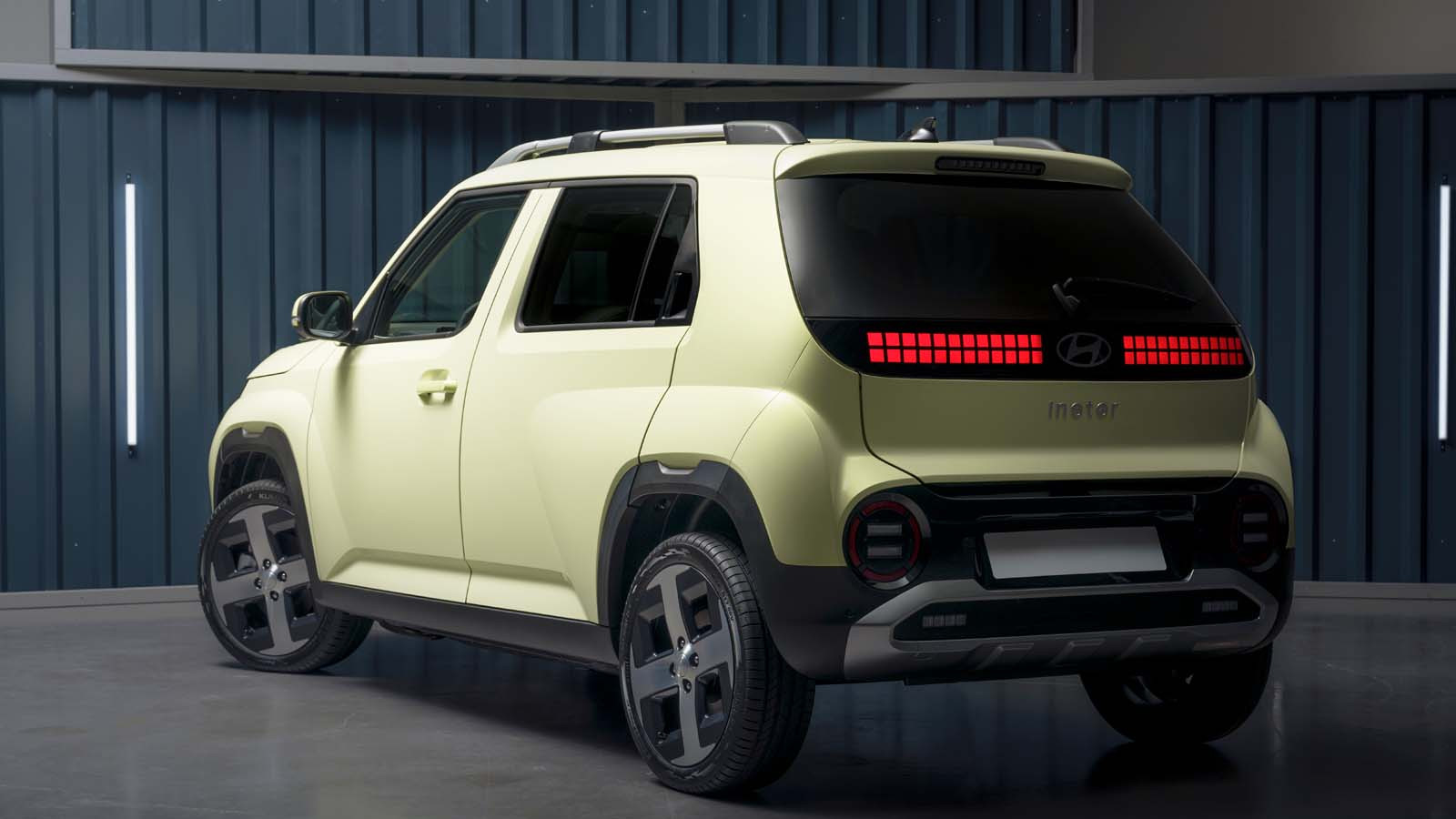 © Hyundai
© Hyundai -
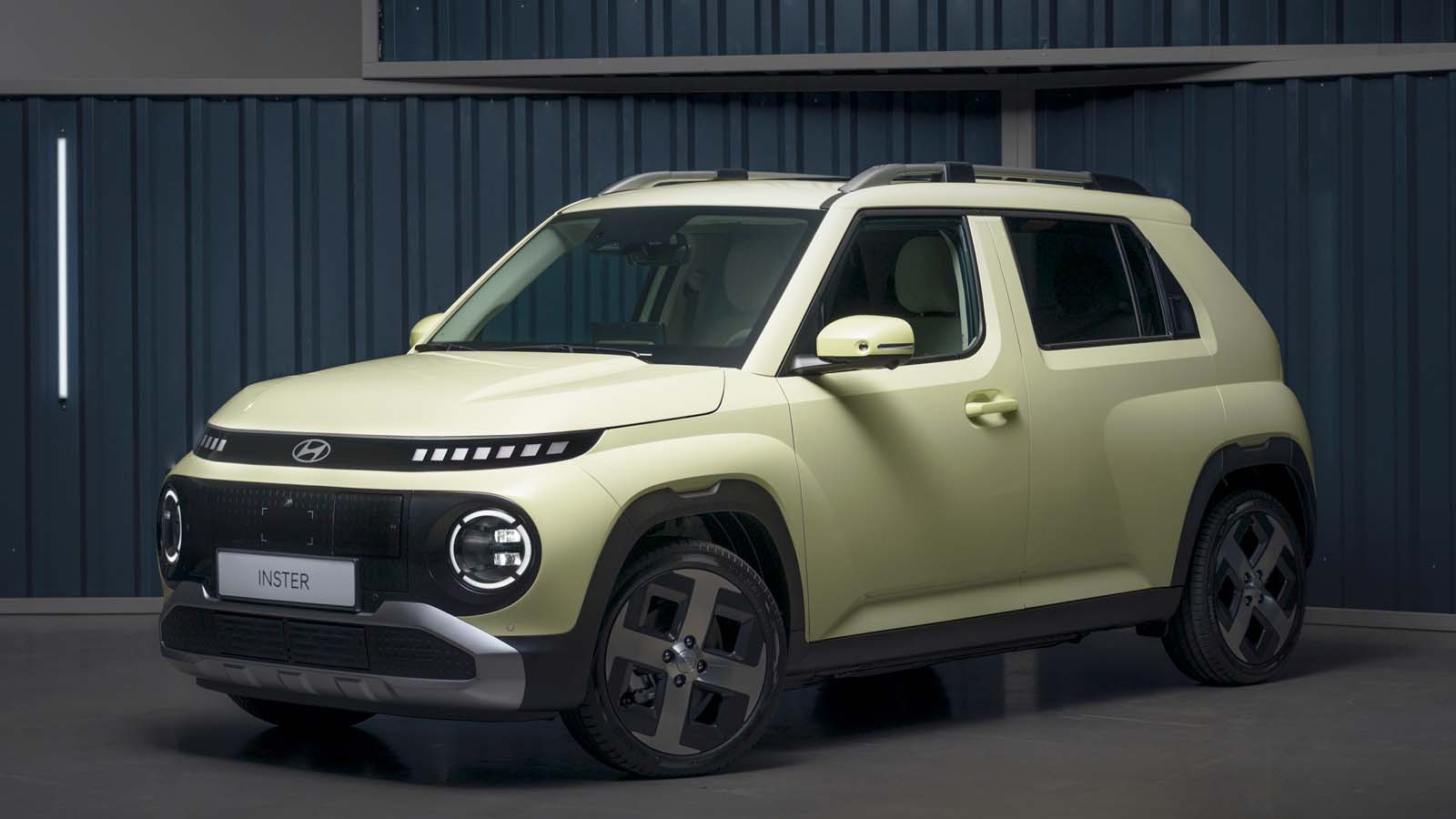 © Hyundai
© Hyundai -
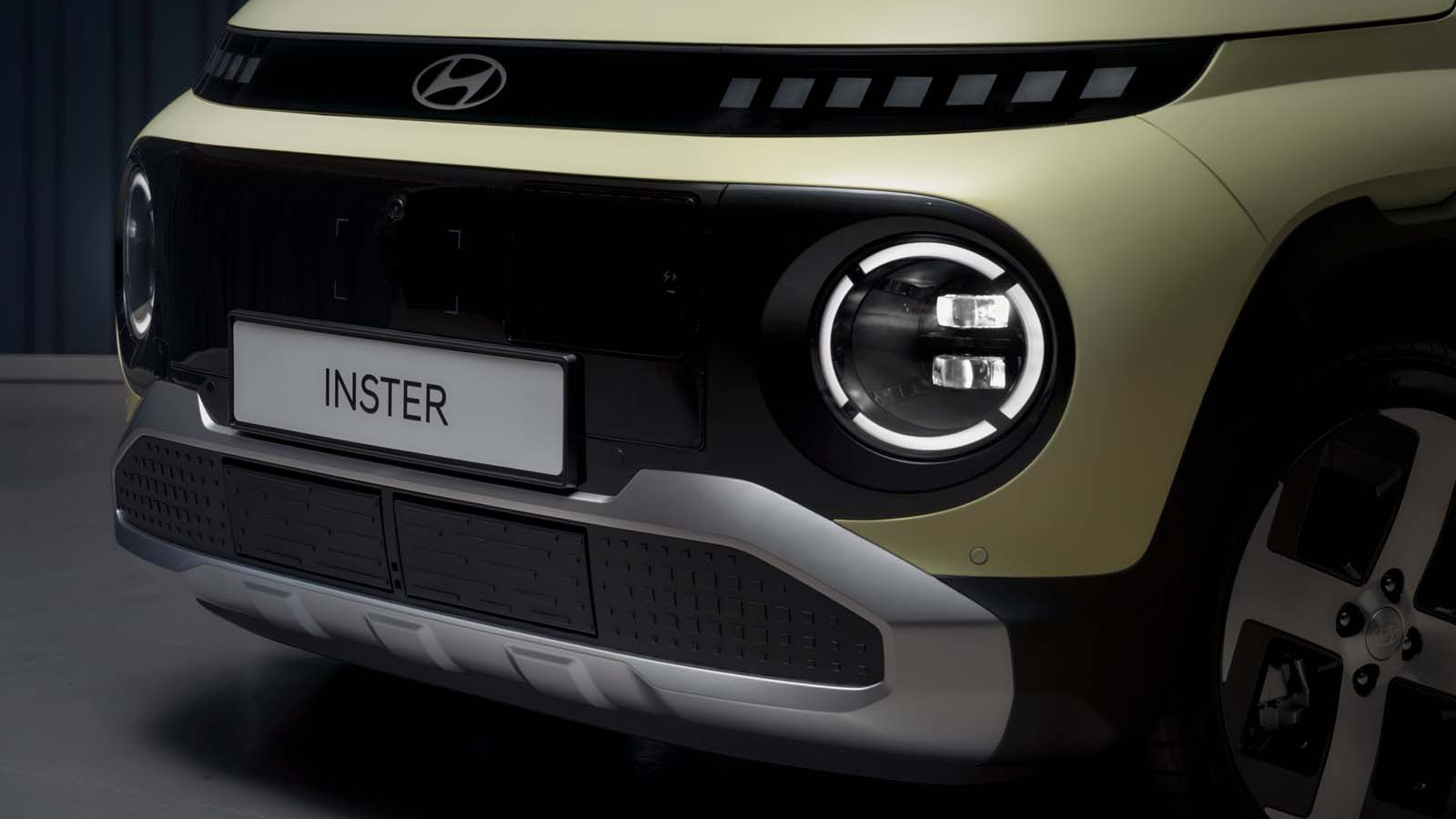 © Hyundai
© Hyundai -
 © Hyundai
© Hyundai -
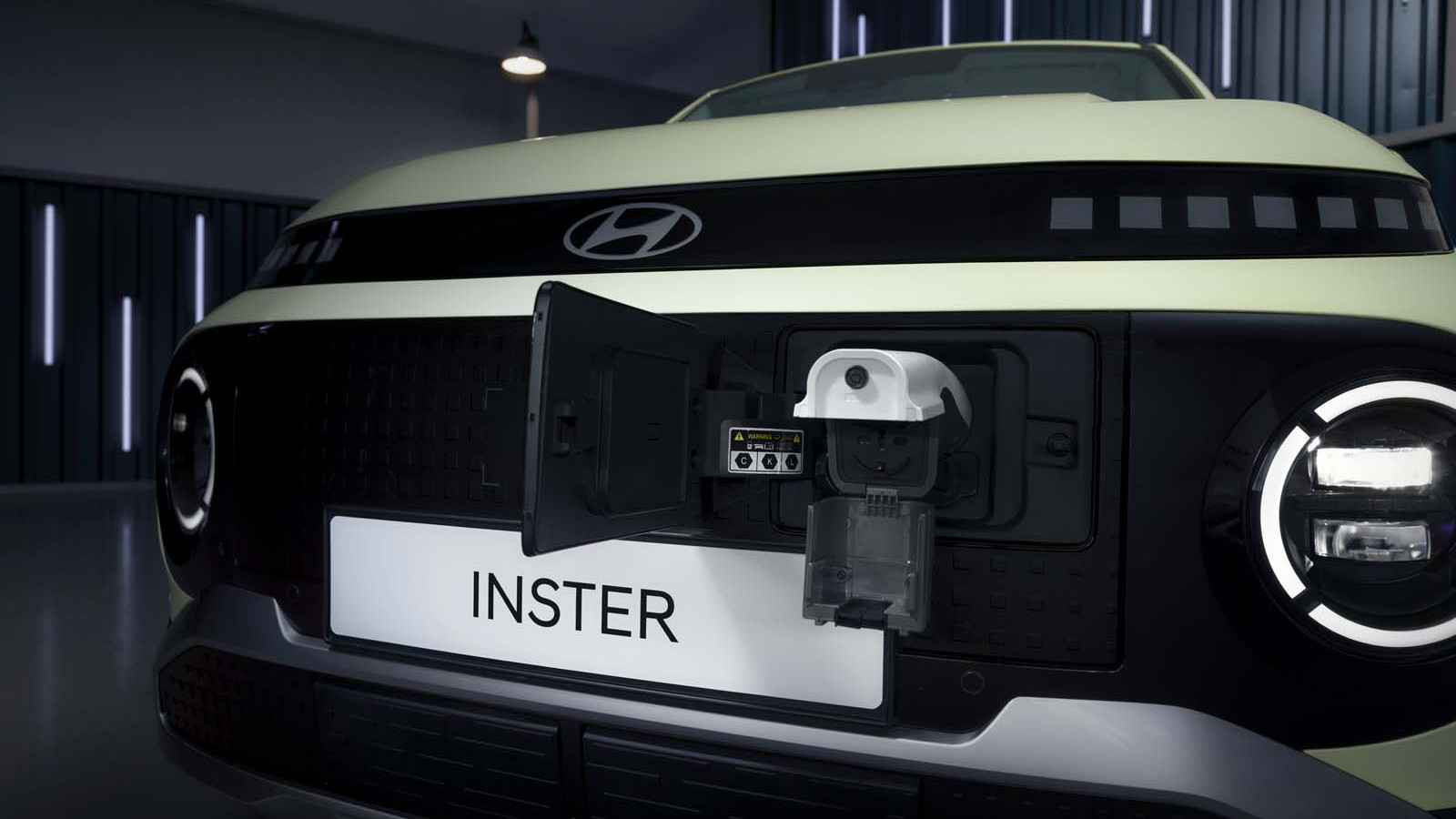 © Hyundai
© Hyundai -
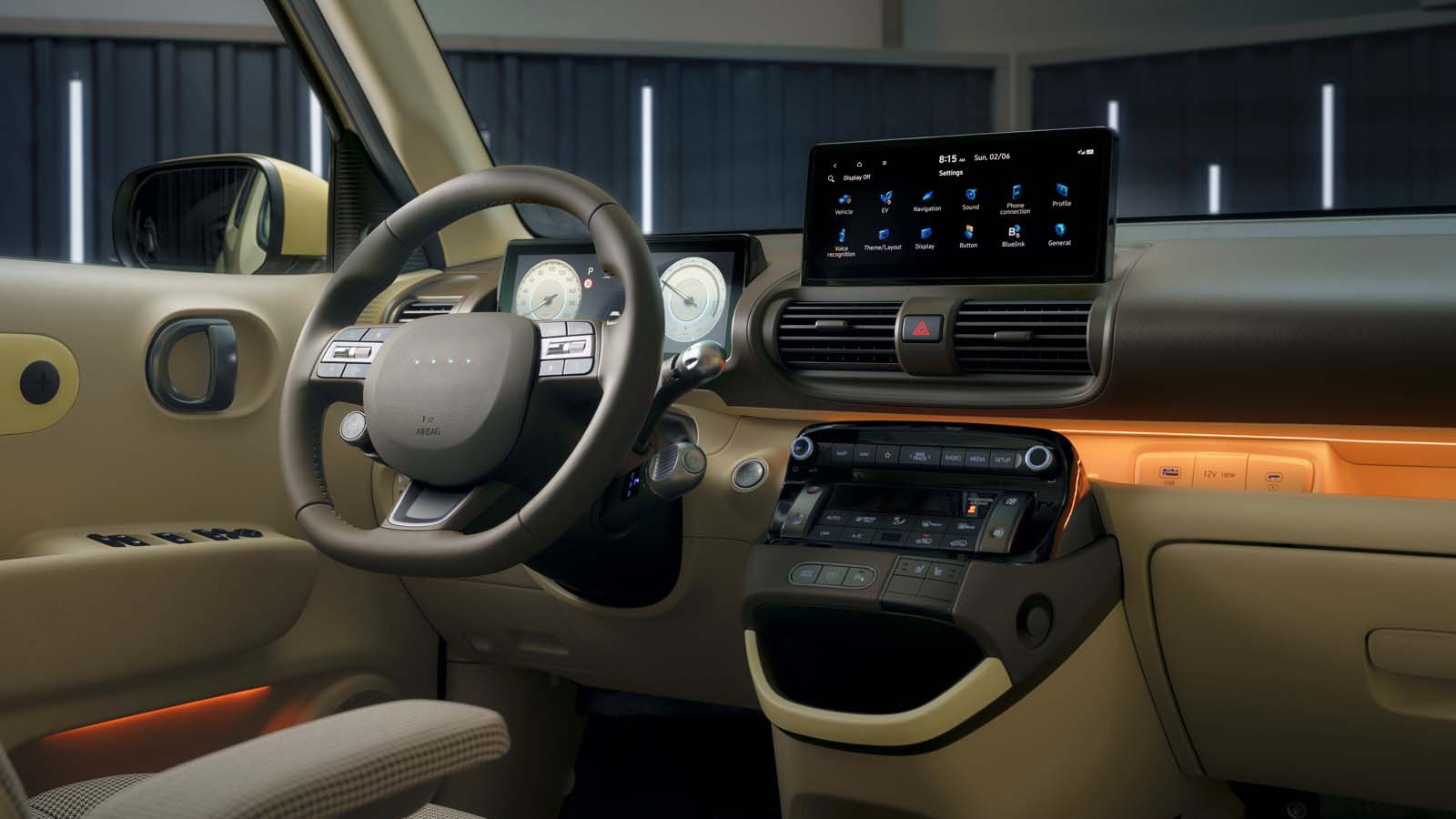 © Hyundai
© Hyundai -
 © Hyundai
© Hyundai -
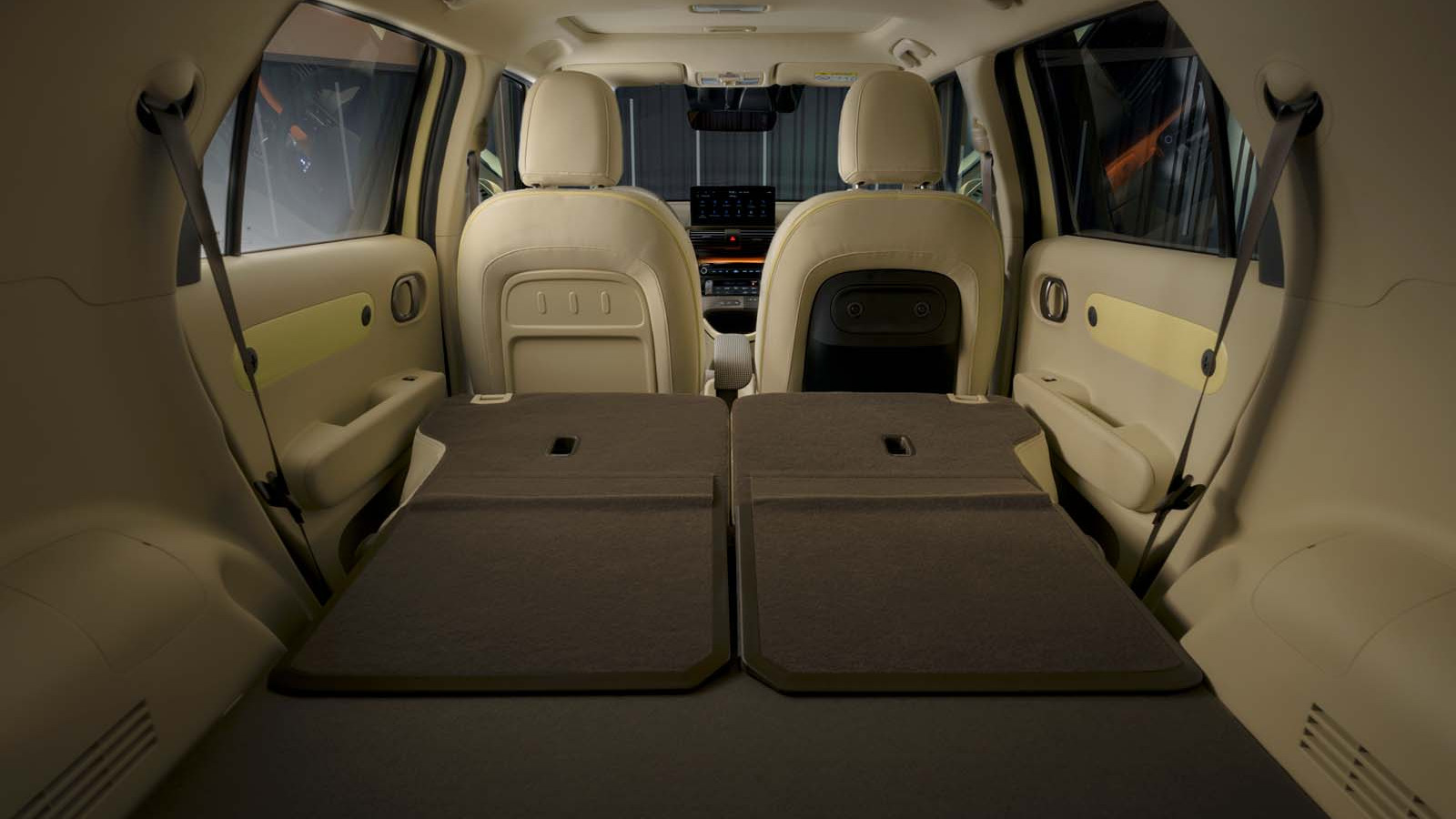 © Hyundai
© Hyundai -
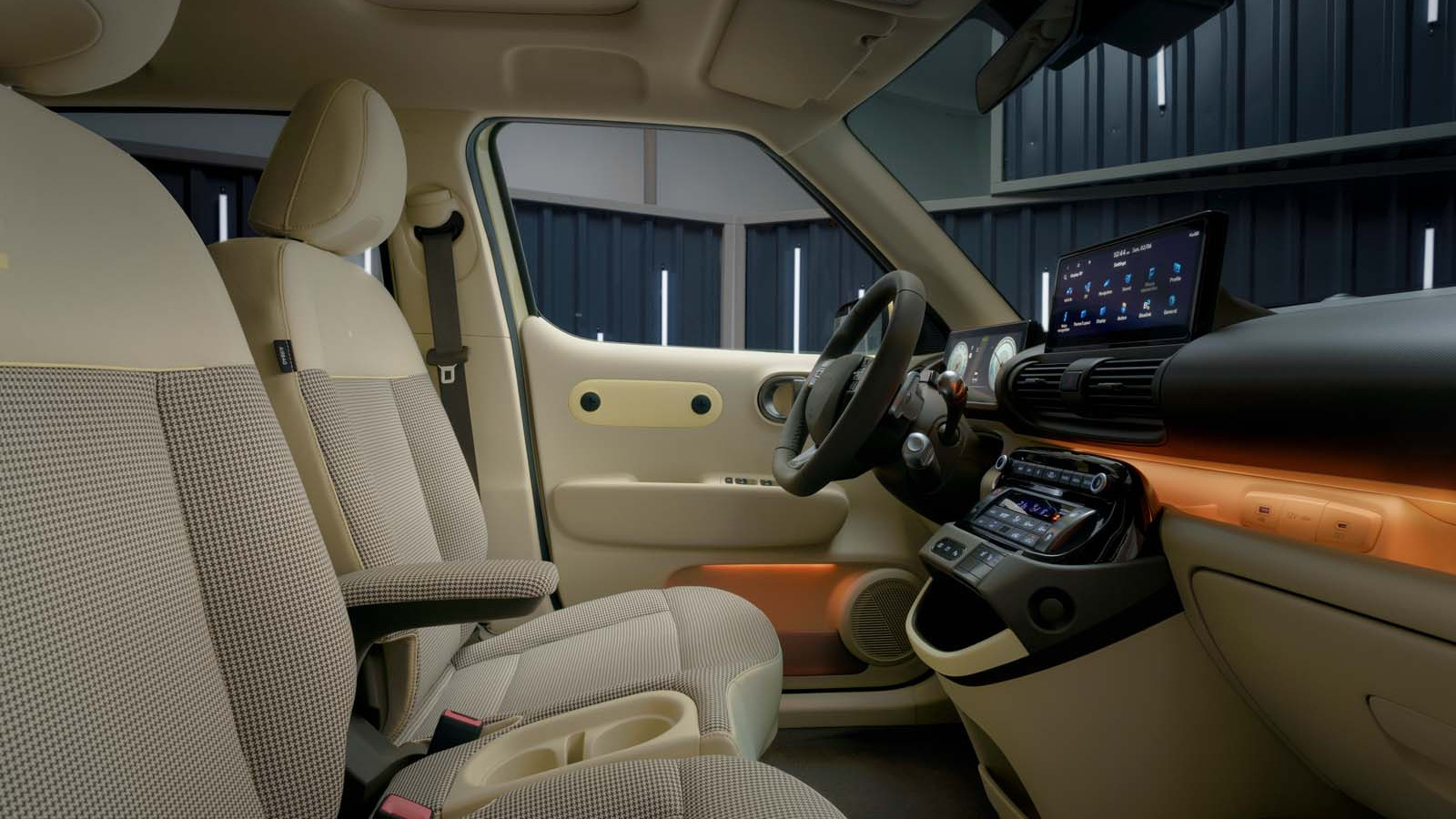 © Hyundai
© Hyundai -
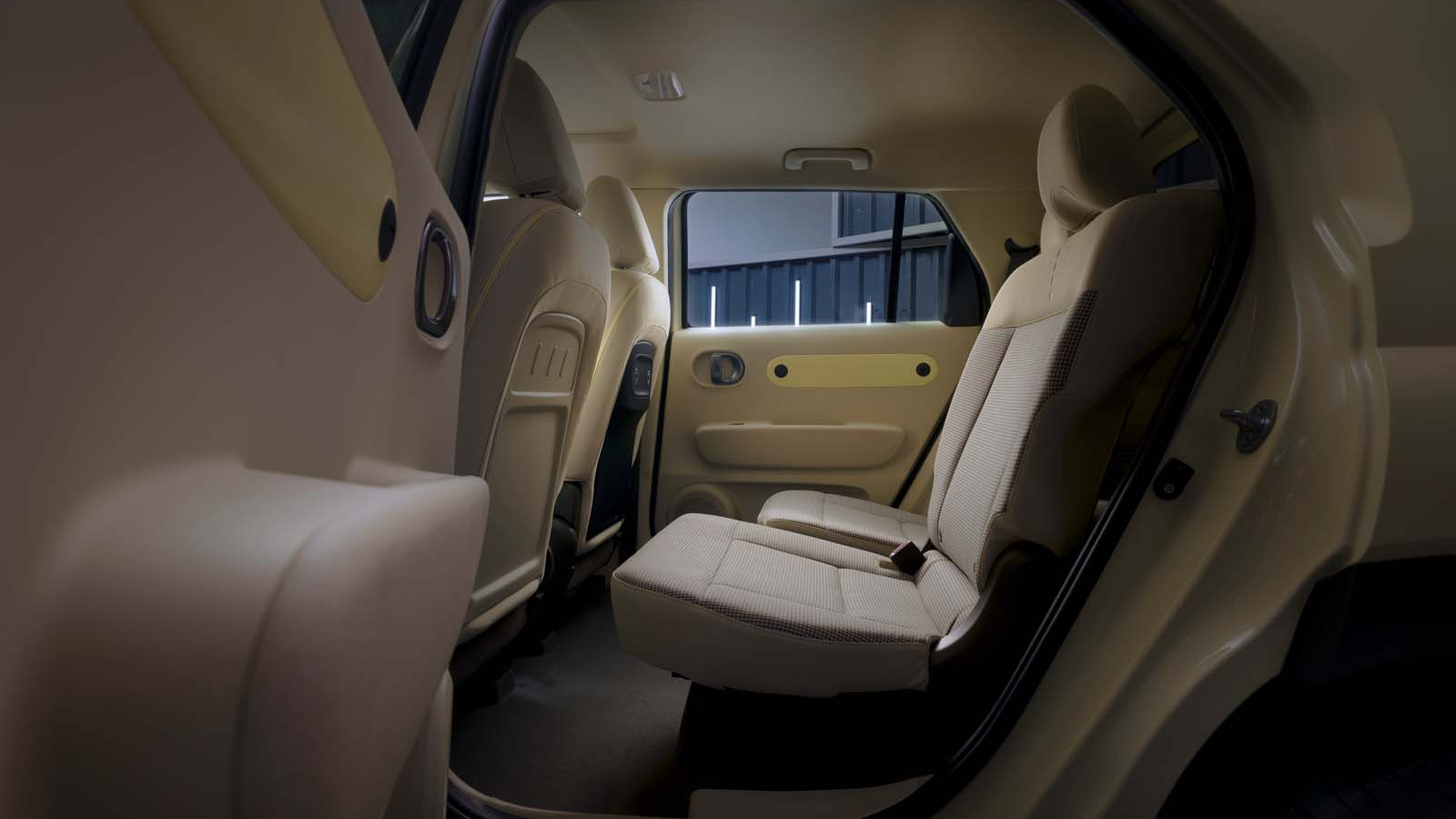 © Hyundai
© Hyundai -
 © Hyundai
© Hyundai -
 © Hyundai
© Hyundai -
 ©
© -
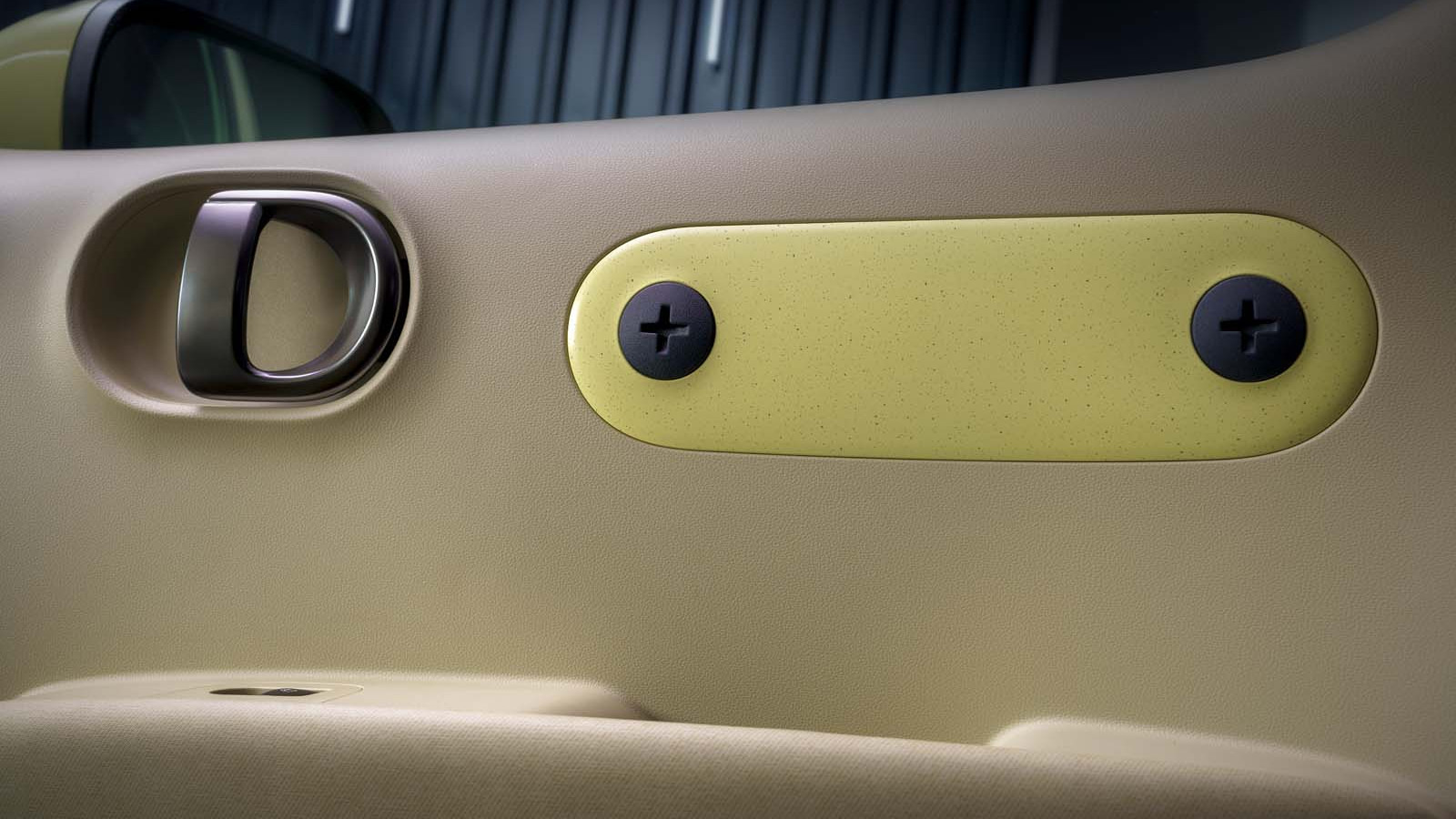 ©
© -
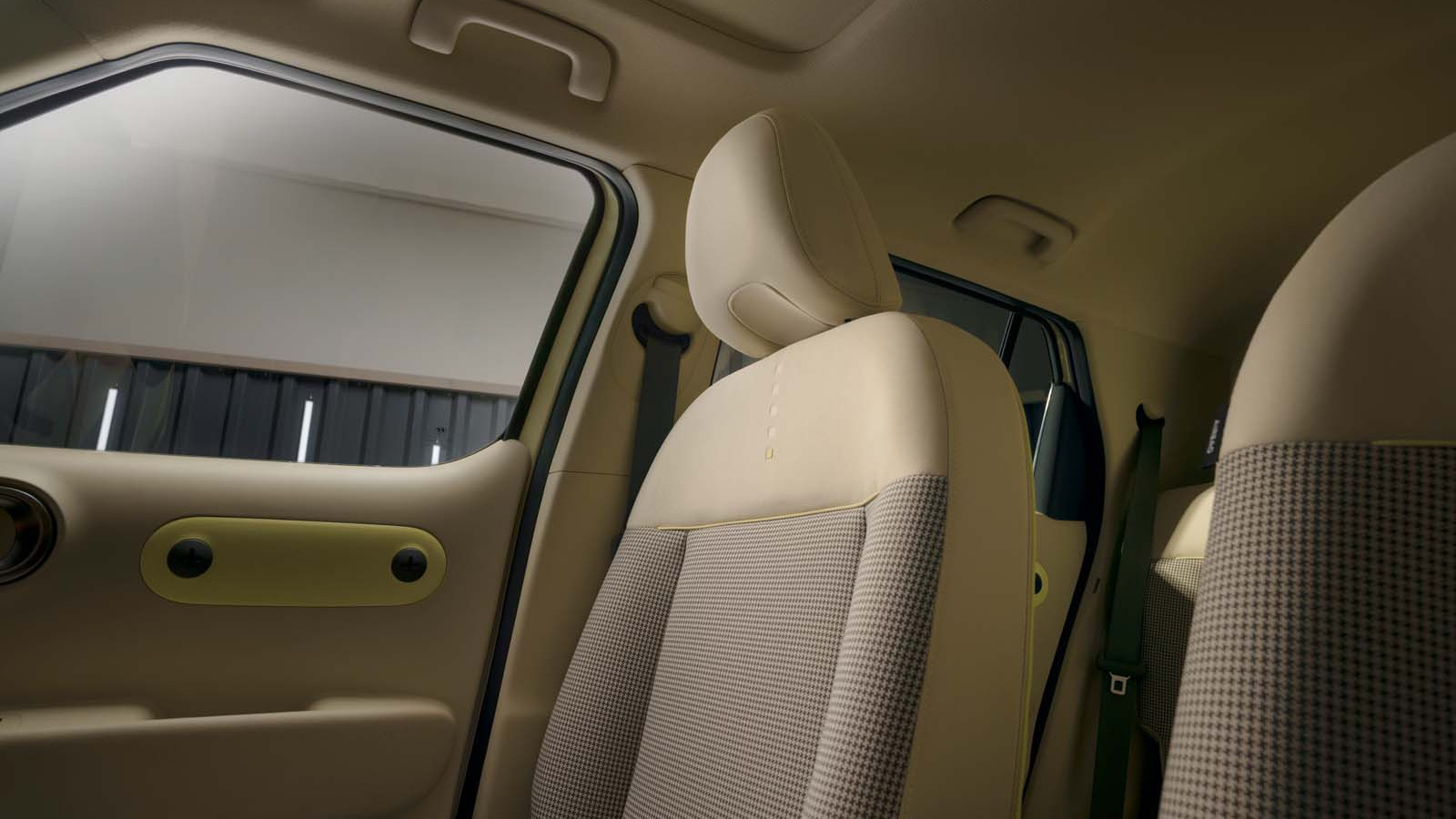 ©
© -
 ©
© -
 ©
© -
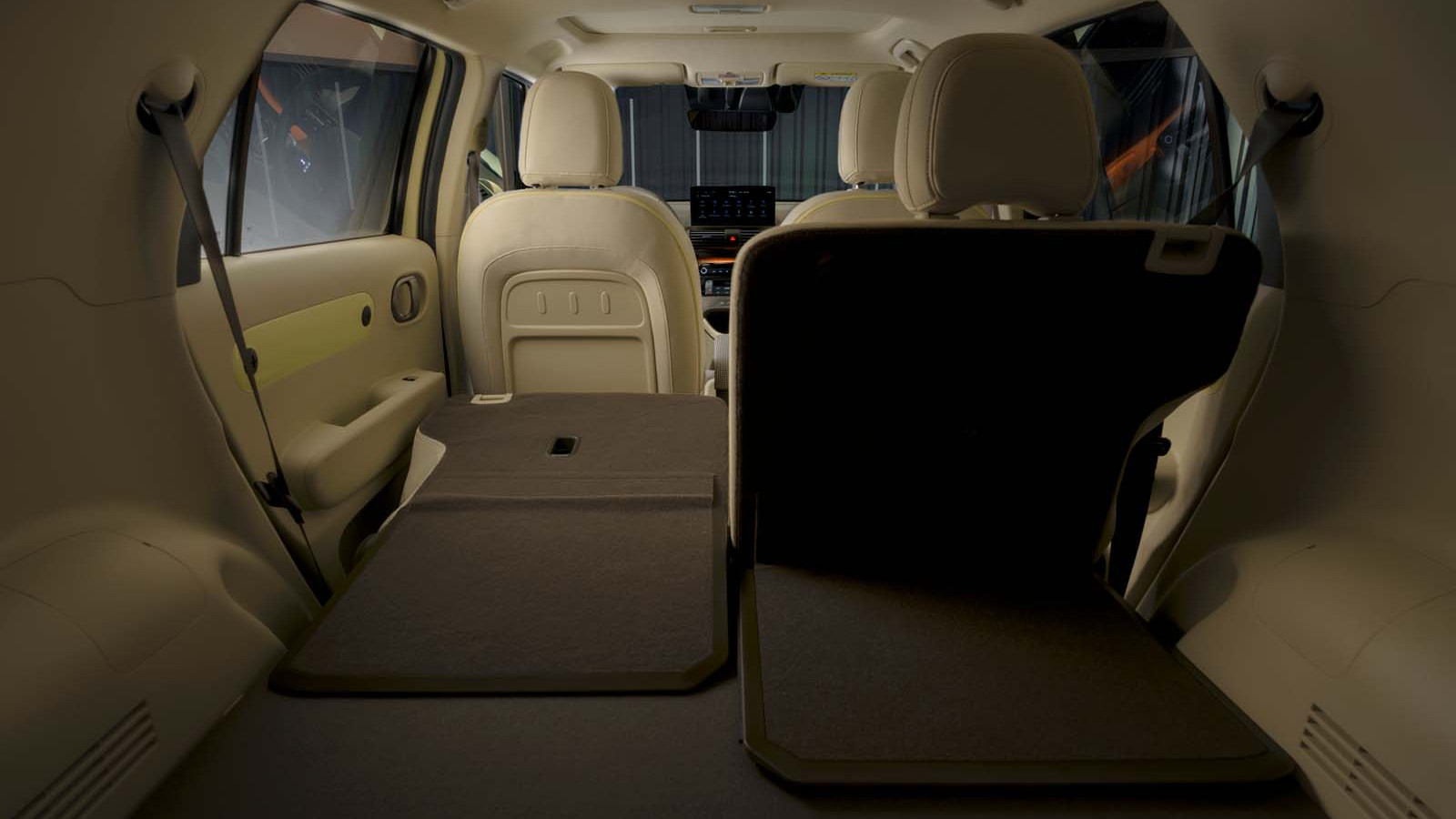 ©
© -
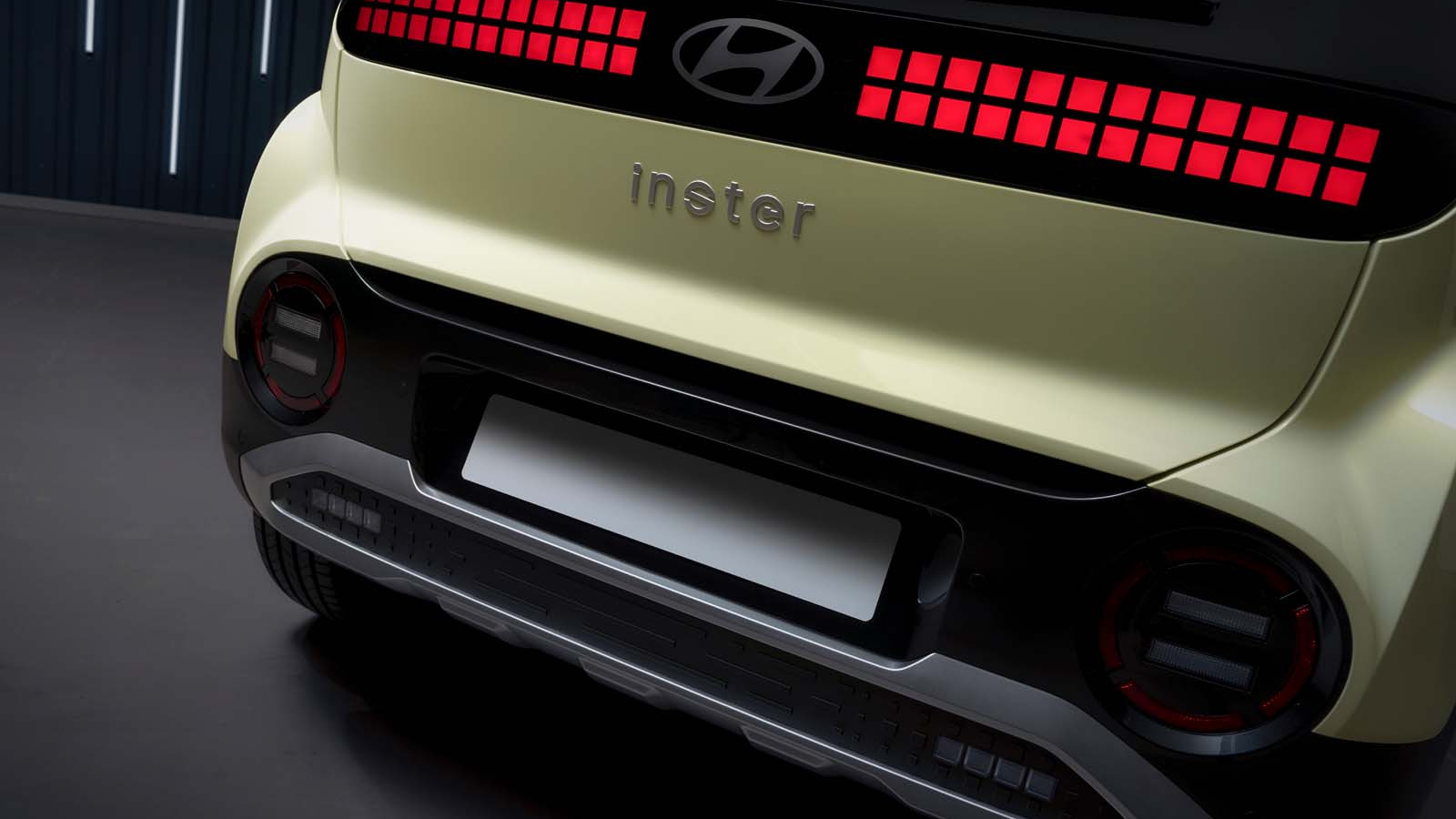 ©
©
-
The Hyundai Inster has been revealed as the Korean brand’s smallest and most affordable electric car yet, with the compact EV promising “segment leading range and versatility”.
-
Think you’ve seen the Inster before? Don’t worry, it’s possible that you have, because the new city-focused EV is based on the Casper, the small supermini Hyundai has sold in Korea with a petrol engine since 2021.
-
Hyundai has stretched the Casper by 230mm to create more space inside the car, and to allow the integration of a battery in the Inster's floor.
By extending the body and wheelbase, the Inster is positioned between A-segment superminis and B-segment hatchbacks, according to Hyundai.
-
Measuring 3825mm long, 1610mm wide and 1575mm tall, the new Inster is longer, taller and wider than the similarly positioned and equally affordable, Dacia Spring.
But Hyundai claims that its new EV, despite its small proportions, remains spacious and practical inside with a high level of configurability.
-
The Inster is near-identical in looks to the ICE-powered Casper, retaining its boxy and robust SUV-like exterior design.
Compared to the Casper, the new EV features a blanked off ‘pixel’ front grille, LED circular day running lights, and an LED ‘pixel’ light bar at the rear.
-
Two versions of the Inster will be available from launch. Standard cars are fitted with a 42kWh battery and a 96bhp front-mounted electric motor, giving a range of up to 186 miles – that’s better than the Dacia Spring, which can achieve 137 miles of range on a charge.
-
The Long Range Inster gets a slightly larger 49kWh unit and a more powerful 113bhp electric motor, upping the range to 220 miles. Both models have a peak DC charging rate of 120kW, allowing for a 10-80% charge in around 30 minutes.
-
Being an affordable proposition, you might assume Hyundai has cut corners on standard kit and technology, but that isn’t the case for the Inster.
Inside, you get a 10.25in digital instrument cluster and a 10.25in touchscreen infotainment display. Unlike most modern EV which put most of the functions in the touchscreen, Hyundai has fitted the Inster with a suite of physical buttons and switches for the climate controls.
-
Integrated into the compact centre console is a wireless smartphone charge, which is complemented by USB and USB-C charging ports in the dashboard.
-
There’s credibility to Skoda’s claims regarding interior flexibility and spaciousness. All seats can be folded flat, including the driver’s seat.
The rear seats are split 50/50 and can slide and recline to create more room in the boot. Buyers can also add a front bench seat option.
-
The Inster also gets Hyundai latest driver assistance technology, including adaptive cruise control, blind-spot assist, lane keep assist and more.
-
And like the Hyundai Ioniq 5, the Inster features Vehicle-to-Load (V2L) bi-directional charging, allowing drivers to charge or power small appliances using the car’s battery via an adapter.
-
Deliveries for the Inster are set to start in Korea this summer, before being sold across Europe and the UK.
The Inster is set to cost from around £22,000 when it arrives in the UK, undercutting a number of European and Chinese rivals.
-
A Inster Cross will also join the line-up in the future and feature a more rugged, outdoor focused design.
We hope you enjoyed this story. Please click on the Follow button above for more great stories from Move Electric.
-
-
-
-
-
-
-
